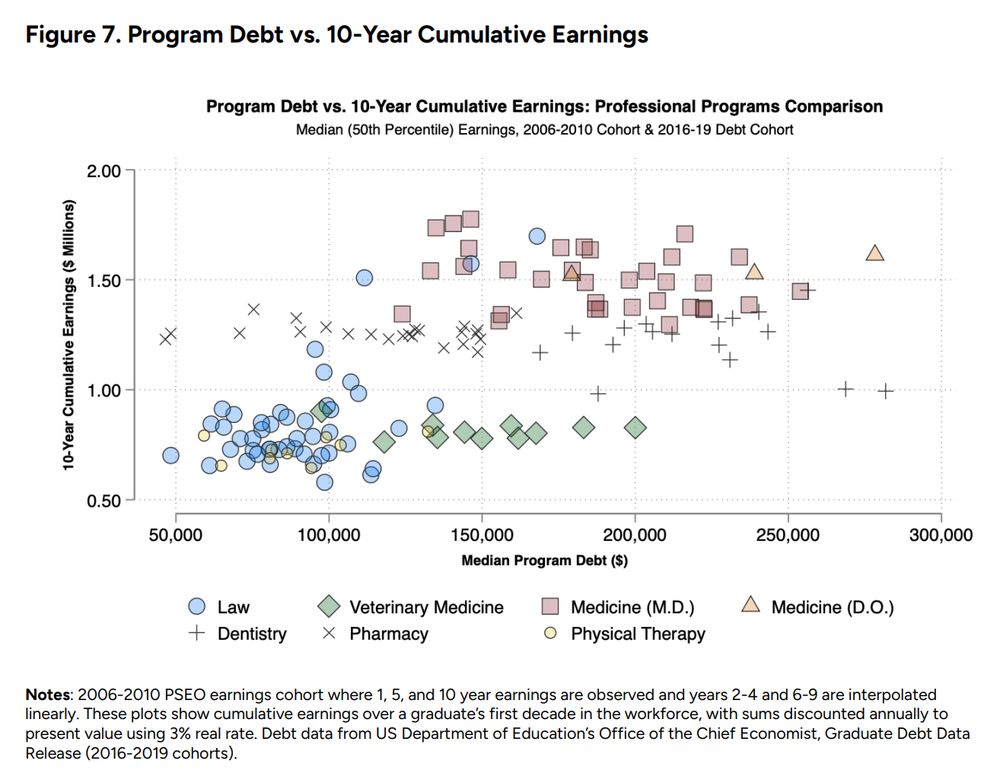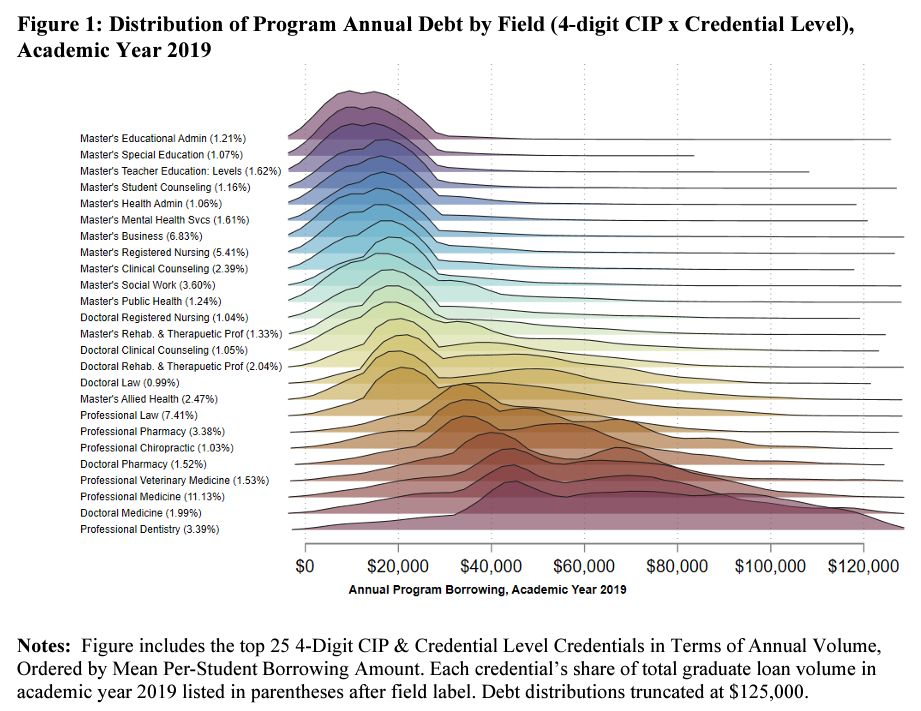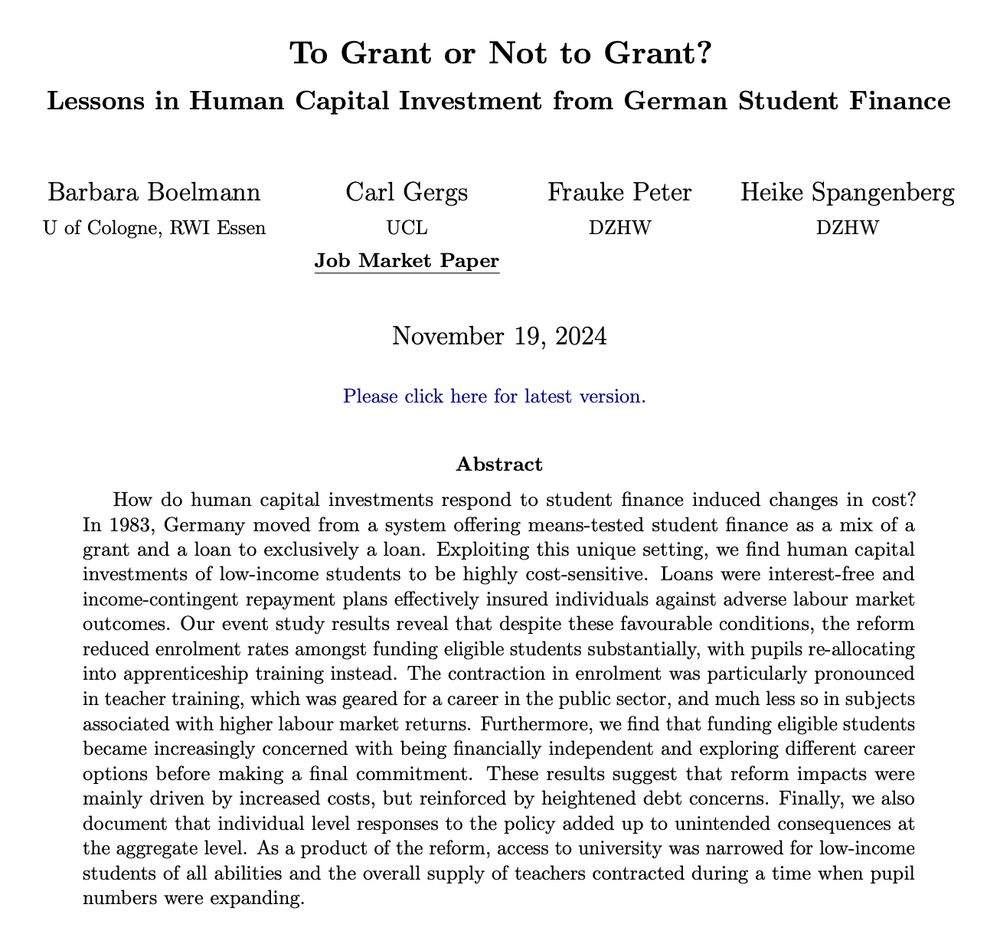Michel Grosz
@michelgrosz.bsky.social
1.6K followers
680 following
16 posts
Economist at FTC. Studying higher ed, labor, and consumer protection. Views are my own. www.michelgrosz.com
Posts
Media
Videos
Starter Packs
Reposted by Michel Grosz
Reposted by Michel Grosz
Joshua Goodman
@joshua-goodman.com
· May 30
Michel Grosz
@michelgrosz.bsky.social
· May 9
Michel Grosz
@michelgrosz.bsky.social
· Apr 18
Reposted by Michel Grosz
Reposted by Michel Grosz
Reposted by Michel Grosz
Reposted by Michel Grosz
Reposted by Michel Grosz
CJ Libassi
@clibassi.bsky.social
· Nov 24

GitHub - clibassi/python-packages-for-applied-economists: A curated collection of Python packages for applied economists, organized by functionality to support econometric analysis, data management, v...
A curated collection of Python packages for applied economists, organized by functionality to support econometric analysis, data management, visualization, and specialized tasks. - clibassi/python-...
github.com
Reposted by Michel Grosz
Kevin Shih
@kevinshih.bsky.social
· Nov 15
Reposted by Michel Grosz
Reposted by Michel Grosz
Reposted by Michel Grosz
Reposted by Michel Grosz
Reposted by Michel Grosz
Michel Grosz
@michelgrosz.bsky.social
· Nov 14
Reposted by Michel Grosz
Reposted by Michel Grosz
Joshua Goodman
@joshua-goodman.com
· Nov 13
Reposted by Michel Grosz
David Anderson
@dmaanderson.bsky.social
· Nov 11









